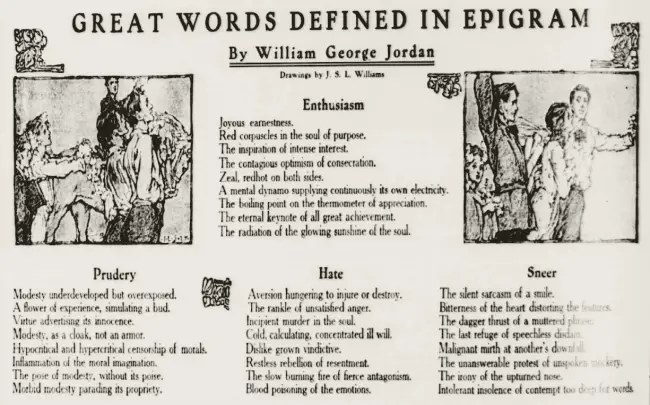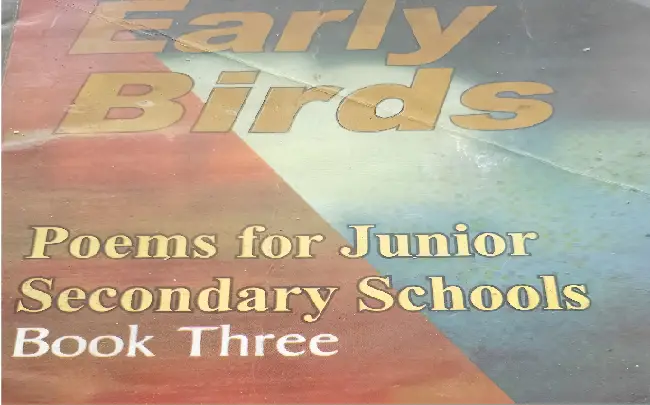Tucked away in the rich annals of literary history, the intriguing world of epigram poems beckons. These powerful slivers of wit and wisdom have been breathing life into language for centuries, tracing their vibrant roots back to the early Athenian period, setting a sturdy foundation for a captivating journey ahead.
We will look at the history and characteristic features of epigram poems, drawing on their charm of brevity, wit, and irony, which often cloak deeper layers of meaning.

History And Origin Of Epigram Poems
Epigram Poems Have a Remarkable History Stretching As Far Back As Ancient Greece.
These witty, concise poems often used for satirical or subversive means were popular lacunae of the Greek Anthology, a collection of poems spanning from the classical Hellenistic period through to the Byzantine era. Renowned ancient Greek poet, Martial, was particularly appreciated for his sharp wit and mastery of the epigram, crafting succinct lines loaded with satirical punch. Similarly, modern readers may also find echoes of the epigram form in the infamous tombstone inscriptions of master wordsmith, Oscar Wilde.
As Epigrams Made Their Way Across Various Epochs – One key historical period significantly influenced these pithy lines: the Renaissance
This period not only marked the revival of classical literature and culture but it championed the return of epigram poetry. They were adapted and transformed in the hands of poets like Sir Thomas More and John Donne, melding Greek influences with contemporary Renaissance sentiments.
Moving onto the Neoclassical era, epigrams underwent another shift, propagating in the work of prominent figures like Alexander Pope.
His model of writing, which encapsulated the Neoclassical obsession with order, refinement, and clarity, was particularly suited to the form of the epigram. A fine example of this is Pope’s “Epigram Engraved on the Collar of a Dog which I gave to his Royal Highness”, a witty, pointed critique of the status quo.
In recent times, the significance of epigrams in literature remains undiminished.
Epigrams appear in diverse formats ranging from song lyrics to punchlines in stand-up comedy. While the form may have evolved, the core essence of epigrams — quick wit, brevity, and surprising turns of thought — is ever-present.
However, the power and relevance of epigrams lie not only in their charm and wit but also in their ability to provoke thought, critique society, and test the boundaries of conventional wisdom.
As expressions of dissent or subversion, epigrams have been utilized as sharp tools for social commentary and critique throughout history.
Melding Timeless Appeal And Literary Expression
Epigram poems’ remarkable, timeless allure persists through their continuous evolution and adaptation. An art form birthed in ancient Greece, it now graces even the tombstone of Oscar Wilde, indicating the deep-seated, long-standing impact it has exerted upon literature.
Epigrams succinctly encapsulate the previously unspoken power of brevity in words: less can, in fact, be more. Whether they invoke laughter, stimulate intellectual musings, or spark controversy, epigrams’ influence continues to flourish in contemporary literature.
You May Also Like: Quatrain Poems
Features of Epigram Poems
What makes epigram poems different from other forms of poems?
Epigram poems, a subset of lyric poetry, are celebrated for their brevity and incisiveness. Rather surprisingly, they often contain profoundly meaningful insights draped cleverly behind their wit and satire. The unique ability of an epigram lies in making intricate ideas or societal observations comprehensible within a few, well-articulated words.
Epigrams usually adhere to a succinct structure, often limited to a couplet or a single rhymed quatrain. They are condensed, rarely extending beyond a few lines, but encapsulate a complete thought or idea in their miniature format. Even though they are brief, they invariably contain an impactful or smartly crafted conclusion. This unexpected twist in the narrative is often given the moniker ‘the sting in the tail’.
Wit And Irony In Epigram Poems
One of the key features of epigram poems is their use of wit and irony. These elements help to communicate complex ideas in a creative and accessible way, while also inviting the reader to engage in critical thinking. The wit in epigram poetry is not solely for amusement but is rather used as a tool for incisive commentary or criticism. Irony, on the other hand, is employed to highlight the contradiction between appearances and reality.
I am His Highness’ dog at Kew. / Pray tell me, sir, whose dog are you?
The epigram above by Alexander Pope exemplifies this ironic twist. While on the surface it seems to be about dogs, the underlying purpose of the epigram lies in subtly critiquing hierarchical and rigid class structures.
Stylistic Elements of Epigram Poems
Stylistically, epigram poems are often characterized by their judicious word choice and careful phrasing. Each word is selected for its depth of meaning and ability to contribute to the overall impact of the poem. The use of meter and rhyme in epigram poems enhances their memorability and highlights the punchline or the main point of the poem. Metaphors and imagery are also potent tools in the epigrammatic arsenal, enabling these short poems to convey vivid pictures or emotions.
Exploration of Themes in Epigram Poems
Epigram poems offer a broad thematic spectrum, evaluating societal norms, satire in political scenarios, sharing philosophical ideas or even celebrating the mundane. From significant reflections to minor observations, an epigram’s scope is determined by the poet’s sharp discernment of the human situation.
An example of this can be found in the renowned epigram composed by Samuel Taylor Coleridge, “What is an Epigram?
A dwarfish whole, Its body brevity, and wit its soul.”
The epigram encapsulates profound themes such as love, deceit, and loss, demonstrating the power of this form in compressing deep emotions and universal truths into a concise, well-structured format.
Conclusion
The history of the epigram poem is a testament to the enduring power of brevity, wit, and keen observation in the world of literature. From its humble origins in ancient Greece to its evolution and proliferation across different cultures and time periods, the epigram has proven to be a versatile and timeless literary form. It has been a vehicle for social commentary, personal expression, and artistic experimentation.
Throughout history, it has provided a space for poets to distill their thoughts, emotions, and insights into a few lines of verse, leaving a lasting impact on readers and fellow poets alike. As we reflect on the rich tapestry of epigrams from various epochs, it becomes evident that this concise and elegant poetic form will continue to captivate and inspire both creators and appreciators of poetry for generations to come.




